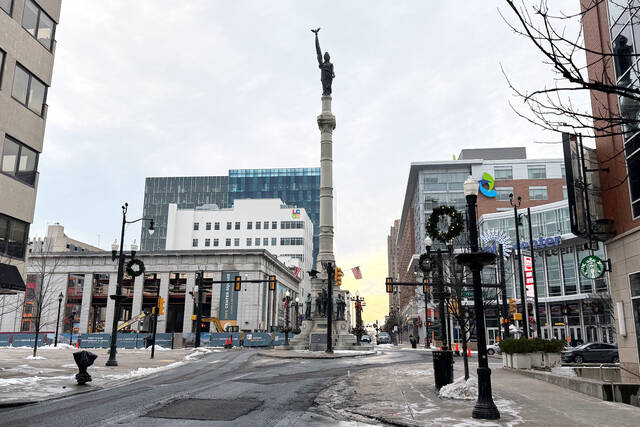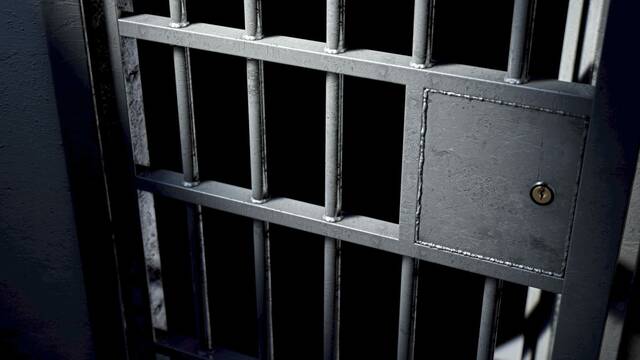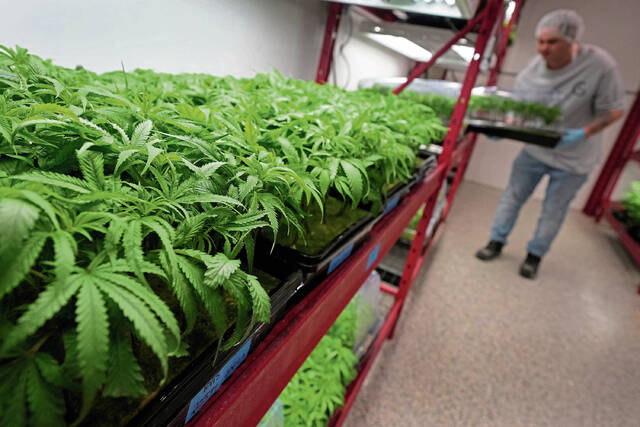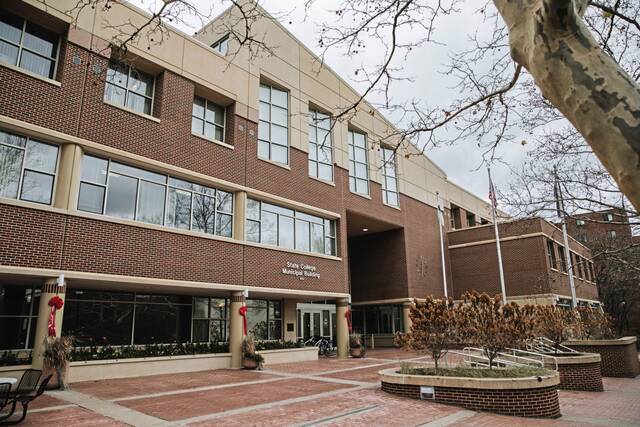The Pennsylvania Department of Transportation spends roughly $171 million preparing major roads for winter weather each season, and plows play a large role in keeping the commonwealth’s bridges and highways clear of snow and ice.
According to agency estimates, PennDOT used 2,238 plow trucks, 396 rental trucks and 235 anti-icing units to clear more than 95,000 snow lane miles during the 2023-24 winter season. If you get stuck behind one of these trucks in Pennsylvania, is it legal to pass them or even drive near them?
Drivers are often warned to avoid driving in winter storms unless it becomes necessary, but exercising caution on the road and understanding best practices can keep you safe. Here’s what you need to know about driving near snow plows in Pennsylvania.
Can I pass a snow plow in Pennsylvania?
Technically, yes. Pennsylvania doesn’t enforce laws that strictly prohibit the passing of operating snow plows, but drivers are strongly encouraged to proceed with caution around snow-removal equipment.
PennDOT advises drives to stay at least six car lengths behind an operating plow truck. These trucks often move much slower than other traffic, so stay on high alert.
Passing a snow plow is particularly difficult because the main plow is wider than the truck itself, and snow on the ground can obscure the actual width of a snow plow. Plow trucks also have large blind spots and may move sideways when encountering snow drifts or heavy snowpacks, which could make attempts to pass more challenging.
Drivers should remain cautious around plow trains or several plow trucks plowing side-by-side, PennDOT advises.
“The weight of the snow thrown from the plow can quickly cause smaller vehicles to lose control, creating a hazard for nearby vehicles,” the agency wrote in a media release.
How does PennDOT treat Pennsylvania roads each winter?
Though winter storms vary in intensity and scope, PennDOT says it works to keep roads as passable and safe as possible.
During a nonfreezing rain storm, PennDOT crews will pre-treat major roads with salt brine, usually a mixture of salt and water, to help the agency get a head start on removing ice and snow. Pure salt is more commonly used on major roadways, bridges and intersections where traffic volume is higher.
Plows are used to clear roads of snow and ice once winter storms have arrived. The average PennDOT plow route travels 40 miles, the agency estimates, but the time it takes for a truck to pass the same point on its route is highly dependent upon how heavy the snow is and how much traffic is out on the roads. Less traffic will help roads get cleared faster.
Interstates and expressways receive PennDOT’s primary focus during winter weather events and are treated roughly every two hours. Other major routes and less-traveled state roads are generally plowed every three hours, while secondary state roads may take several hours longer to get cleared.
Staying safe on Pennsylvania roads each winter
Preliminary data shows Pennsylvania recorded 151 crashes resulting in three fatalities and 55 injuries on snowy, slushy or ice-covered roads last winter, PennDOT said. According to the estimates, aggressive driving behaviors such as speeding or careless lane changes were factors in most of these events.
Drivers are strongly encouraged to eliminate unnecessary travel if winter weather is in the forecast. However, those who hit the road should try to keep the following safety tips in mind, PennDOT says.
Before hitting the road, drivers should:
• Prepare a winter emergency travel kit with essential items, including a flashlight and batteries, a battery-operated radio, jumper cables, a snow shovel, first aid supplies, a blanket, an ice scraper, food and water and more.
• Listen to weather and travel advisories
• Check road conditions through 511PA.com or by calling 511
• Pack a cell phone and make sure it’s charged
• Remove snow and ice from your car’s hood, roof and windows — it’s the law
• Tell someone where you’re going and when you expect to arrive
• Avoid drinking and driving and always wear your seatbelt
While traveling, drivers should:
• Turn on headlights and wipers — it’s the law
• Watch out for wet-looking roads that could actually be frozen over
• Use low beams when snow is heavy or blowing around
• Avoid using cruise control on snow-covered roads
• Slow down and increase following distance to avoid sudden stops and starts
• Exercise caution on bridges and ramps where ice can form quickly or without warning
• Stay with your vehicle if you become stranded and wait for help to arrive. Run the engine every hour, but make sure the tailpipe remains clear and downwind windows are cracked open.
• Avoid parking or abandoning your vehicle on snow emergency routes
PennDOT maintains several guides regarding winter driving and safety on its website. There, you can browse several brochures, diagrams and fact sheets that can help keep you safe on the roads this winter.








